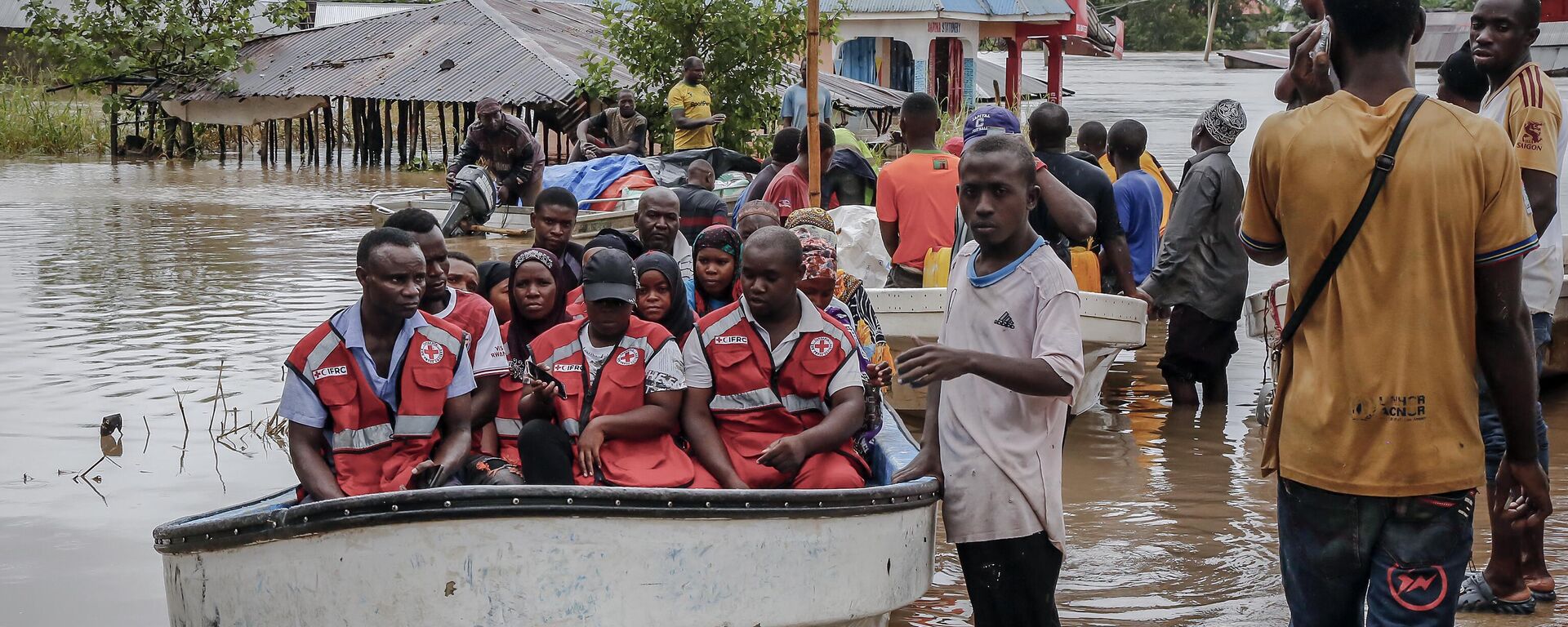Flood-prone countries must adopt comprehensive strategies to mitigate and prevent the devastating impacts of flooding on communities. Effective flood management requires the coordinated efforts of multiple stakeholders, including government agencies, humanitarian organizations, local communities, and the private sector.
Stakeholder Roles and Effective Response
- Government Agencies:
- National and Local Governments: Should lead flood preparedness and response, ensuring robust infrastructure, early warning systems, and efficient evacuation plans. They must invest in building and maintaining flood defenses such as levees and dams.
- Ministry of Health: Ensures medical readiness, addressing potential outbreaks of waterborne diseases.
- Environmental Agencies: Focus on sustainable land management and reforestation to reduce runoff.
- Humanitarian Organizations:
- NGOs and International Agencies: Provide emergency relief, including food, shelter, and medical aid. They should collaborate with local authorities to assess needs and mobilize resources quickly.
- Red Cross/Red Crescent Societies: Offer on-ground support, from rescuing stranded individuals to providing first aid and counseling.
- Local Communities:
- Community Leaders and Volunteers: Play a critical role in spreading early warnings, organizing local evacuations, and providing immediate assistance.
- Educational Institutions: Should conduct awareness programs about flood risks and safety measures.
- Private Sector:
- Businesses: Can offer logistical support, such as transportation and distribution networks, and contribute financially to disaster relief funds.
- Insurance Companies: Provide flood insurance to help communities recover economically.
Resource Mobilization
Effective flood management requires substantial resource mobilization:
- Funding: Governments should allocate a significant portion of the national budget to disaster preparedness and response. International aid and loans can supplement these funds.
- Technology: Investment in advanced weather forecasting systems, GIS mapping for risk assessment, and robust communication infrastructure.
- Human Resources: Training and equipping emergency responders, healthcare workers, and community volunteers.
Mechanisms for Cooperation and Coordination
To ensure seamless cooperation, states should establish:
- National Disaster Management Authorities (NDMAs): Central bodies coordinating all disaster management activities.
- Memorandums of Understanding (MoUs): Between various stakeholders to define roles and responsibilities.
- Regular Drills and Simulations: To prepare all stakeholders for coordinated responses.
- Information Sharing Platforms: Real-time data sharing through centralized databases and communication channels.

Strategic and Tactical Group Roles
- Strategic Groups: Responsible for policy-making, resource allocation, and long-term planning. They include government leaders, top officials of NGOs, and corporate executives.
- Tactical Groups: Focus on operational execution, such as emergency response teams, local government units, and field workers. They ensure immediate relief and facilitate recovery efforts.
- The operation group should focus on Conducting search and rescue missions to save lives, providing first aid and facilitating medical evacuations.
Key Recovery Areas and Fundraising
Recovery should target:
- Infrastructure Reconstruction: Rebuilding homes, roads, and bridges to restore normalcy.
- Livelihood Restoration: Providing support to farmers, small businesses, and workers affected by floods.
- Healthcare Services: Addressing health issues exacerbated by flooding, such as malnutrition and disease outbreaks.

To raise funds for recovery, the state can:
- Leverage International Aid: Apply for grants and loans from international bodies like the World Bank and UN.
- Public-Private Partnerships: Engage businesses in rebuilding efforts.
- Community Fundraising: Mobilize local resources through fundraising campaigns.
Conclusion
Mitigating the impact of floods in vulnerable countries requires a multi-faceted approach involving diverse stakeholders. Through effective cooperation, resource mobilization, and targeted recovery efforts, communities can build resilience against future floods and ensure swift recovery when disasters strike.
By Amroros Ruhumliza

